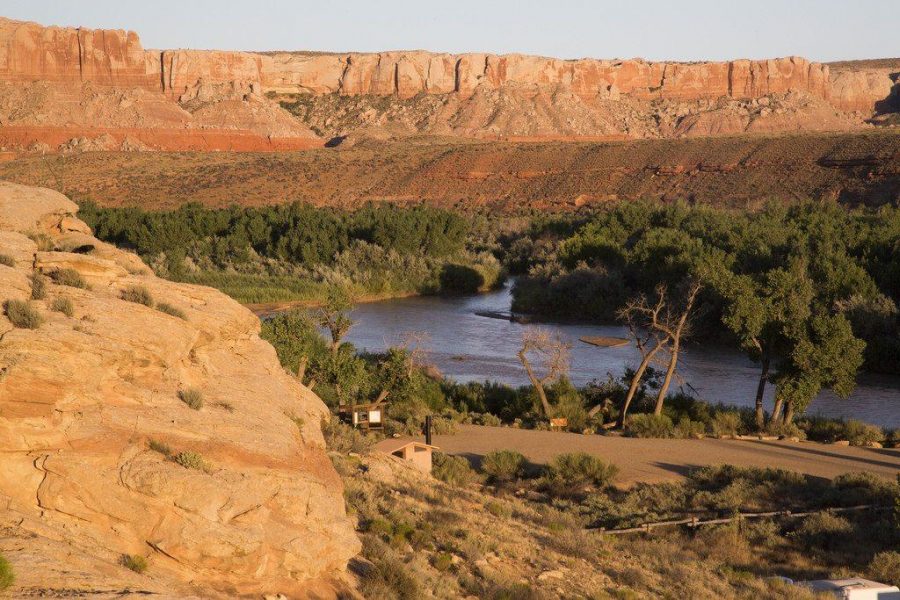In 1793, a coalition of 13 Native American tribes lobbied the United States government to honor the treaty which gave the tribes control of the land west of the Ohio River: “We desire you to consider, brothers, that our only demand is the peaceable possession of a small part of our once great country. Look back and review the lands from whence we have been driven.”
Despite this plea, these native people were pushed farther west across the Mississippi, an event that echoes throughout American history. During his brief visit to Utah on Monday, President Donald Trump continued this American tradition of colonization and the silencing of native peoples when he signed the presidential proclamation which shrunk and replaced Bears Ears National Monument.
After six years of research, the Ute Mountain Ute Tribe, Uintah Ouray Ute Tribe, Hopi Tribe, Zuni Tribe and Navajo Tribe united to present the Bears Ears National Monument proposal to the Obama administration in 2015. These leaders believed that 1.35 million acres of land in Utah needed to be consecrated as a national monument to preserve the cultural importance of these sacred lands and reduce the threat of vandalism and looting of ancient ruins. Conscious of the monument being deemed a ‘land grab,’ the proposed dedicated area was entirely public lands; mostly federally held, though the small portion of state lands impacted could be exchanged for federal land outside of the area. When Bears Ears National Monument was established in late 2016, it marked the first time the U.S. government has included the native people in federal land management.
While Monday’s proclamation is distressing, it is not shocking; the Native American community has been historically marginalized and abused in local and national politics. However, this decision will not go unchallenged, as a Ute Indian Tribe Business Committee member stated, “If they think we’re not prepared to protect it, they’re kidding themselves.” The Trump administration is currently facing lawsuits from Native American tribes and wilderness conservationist groups, and although previous presidents have shrunk national monuments, this action has never been validated in court. The legal battle, expected to be long and intense, will put Bears Ears national monument status in limbo, increasing the vulnerability of sacred ruins meant to be protected through the designation. Due to the press Bears Ears has received, tourism has increased and the traffic has had a negative impact on ancient ruins and other unique sites. Without federal protection, the effort to preserve Bears Ears and educate visitors will fail.
The most common arguments I have heard against Bears Ears are about the seemingly exorbitant size of the monument, 1.35 million acres is larger than all of “The Mighty Five” Utah National Parks combined or that the designation ignored the impact it would have on the average person living in Blanding, Utah. However, we should note that before European explorers and settlers arrived native people did not need to protect their sacred land from exploitation by having it declared a national monument. Compared to the 2.3 billion acres of the continental United State which were their once great country, 1.35 million acres is quite small. Also, those living San Juan County who may feel like they have been left out of the designation process are only experiencing a small taste of what our country’s native people have dealt with for hundreds of years. By altering Bears Ears, Trump and Orrin Hatch have failed to understand and grow from American history, sacrificing sacred land and progress in the name of partisanship.




Steve • Dec 11, 2017 at 2:14 am
I’d like to see where this lawsuit goes; seems like a good chance to set some quality precedent for the antiquities act.